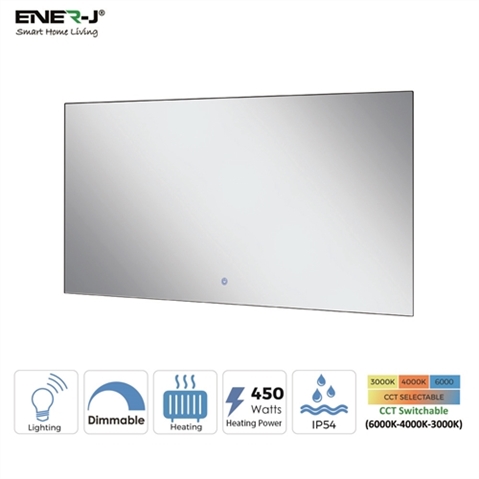Hello, having purchased an Infrared Mirror it needs to be mounted and comes supplied with a plug, but we would prefer it is hard wired into the circuit rather than plugged in. If we cut the plug off we may loose warranty but what do the regs state about this plug or hard wired?
Thank you
